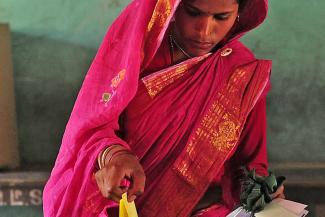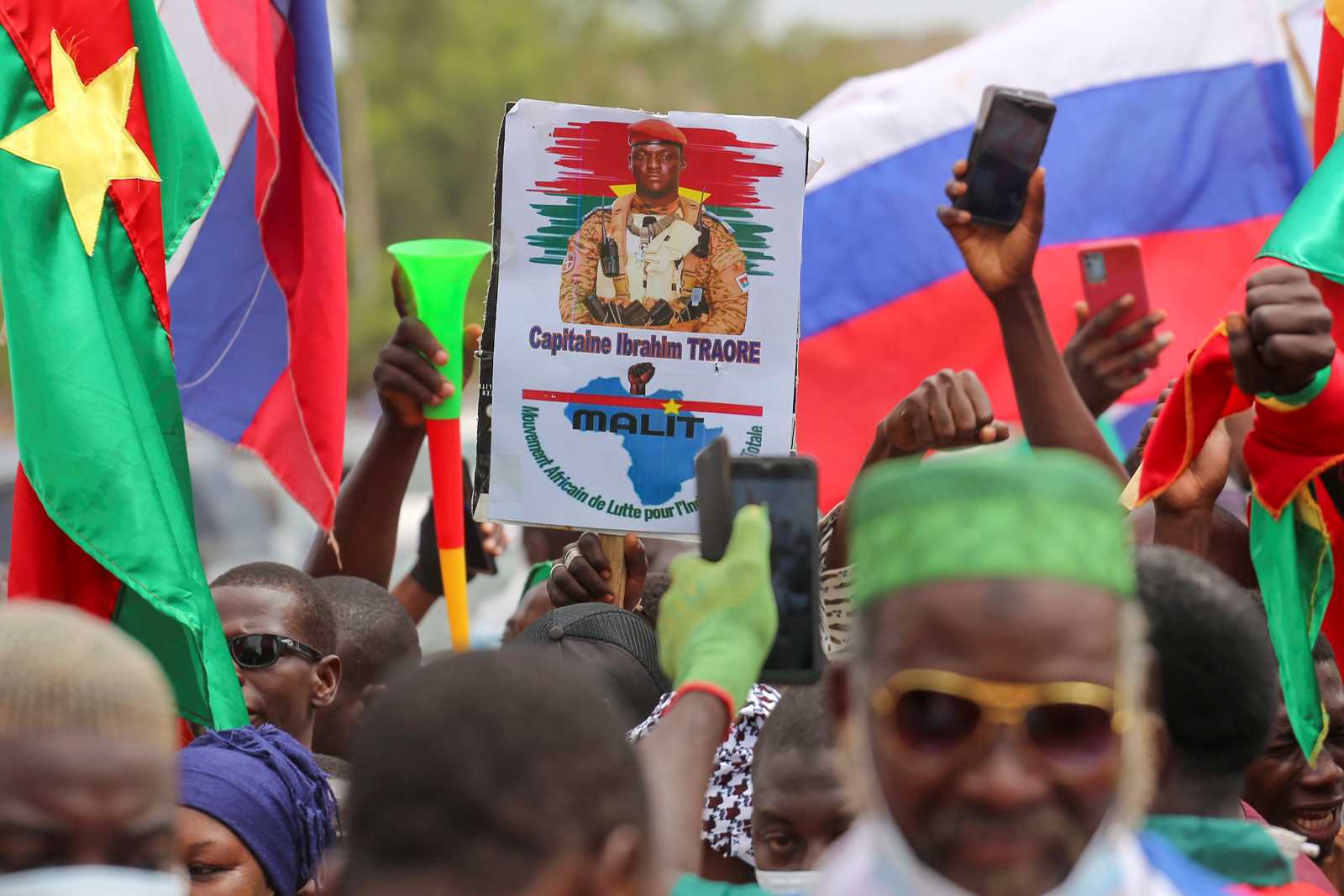Rural democracy
Living in the villages

The literal meaning of “panchayat” is an “assembly” (ayat) of “five” (panch). The traditional form of governance in Indian villages was to have decisions made by a council of five respected elders who were chosen and accepted by the local community. Historical texts, social accounts and literature of the Indian subcontinent mention panchayats under various names and taking various forms – village councils, village assemblies and village committees. They had in common, however, that they were essentially self-governing bodies and served as the main interface between villages and the higher authorities.
Given that the higher authorities were basically interested in collecting taxes and other revenues, the panchayats had considerable autonomy in handling local issues. They resolved conflicts and dispensed justice for example. Overtime, they became symbols of village solidarity.
Under British Colonial rule, steps were taken to formalise these local bodies for greater administrative efficiency, especially to boost imperial finances. However, post-independence India left the panchayats little scope for decision-making, even though Mahatma Gandhi, the most prominent leader of the independence movement had envisioned them as the very foundation of democracy. He emphasises “gram swaraj”, village self-rule, and stated that “India lives in its villages”. The post-independence government, however, believed in central planning and considered villagers to be stuck in outdated traditions. Panchayats were only included in the constitution by an amendment that did not grant them any mandatory powers in 1948.
Given India’s sheer size and diversity, however, it did not take long for the fallacy of the top-down system to become apparent. Government programmes tended to be implemented only unconvincingly, so the 1990s saw a re-think about governance, especially in the villages, where 70 % of the people lived. The need for more decentralised and participatory governance rekindled interest in local government by panchaytas.
Re-inventing the wheel
In 1992, the 73rd Amendment to the Constitution re-introduced panchayats as the institutions of local self-governance, with a framework for operations at three administrative levels (villages, groups of villages and districts). The panchayats were made platforms for planning as well as policy implementation. The traditional institution was thus re-invented and re-designed in order to deepen democracy. Now, it was also meant to become a platform for social inclusion. Reservations were put in place to make sure that women, traditionally marginalised castes (“scheduled castes” – SC) and indigenous communities (“scheduled tribes” – ST) are represented.
Today, India has a system of over 250,000 panchayats with 2.8 million elected representatives, of whom 30 % are women. Members of SCs account for 19 % and those of STs for 12 %. About 1.6 million panchayat members belong to the poor strata of society.
The re-institutionalisation of the panchayats has been a success, both in the sense of making governance more inclusive and in regard to more effective policy implementation. For instance, the panchayats are in charge of managing the widely-acclaimed public works programme MGNREGS (Mahatma Gandhi National Rural Employment Guarantee Scheme). MGNREGS entitles one member of every rural family to 100 days of work at the legal minimum wage in un-skilled manual labour in public works programmes. The panchayats define the projects, hire the workers and pay them.
MGNREGS has proved to be an effective public works programme. However, the track record shows that success varies from state to state, depending on how pro-active and empowered the panchayats have been in making the scheme work.
Indeed, a lot still needs to be done to strengthen the panchayats. The unfinished agenda is long:
- Panchayats are inadequately staffed and operate with little or poor office space and infrastructure. Many neither have a full-time secretary nor basic office buildings. Their performance suffers accordingly.
- The digital divide between the rural and the urban areas remains huge. Only 20 % of the village-level panchayats have computers. As India moves towards more e-governance, that is a real challenge.
- The panchayats are envisioned as a platform for inclusion, but it does not help that many elected representatives are semi-literate or illiterate. Many are not well aware of their roles and responsibilities. A stronger training system for panchayat members is needed so they can rise to their responsibilities.
- India’s system of governance is quite complex, and all too often jurisdictions overlap. At the same time, bureaucrats are prone to take a piecemeal approach and shy away from transcending pre-defined departmental boundaries. There is little coordination among government agencies, but they all exercise excessive bureaucratic control. Matters get more complicated with “Flagship” programmes[h1] and “Missions” that tend to be well-funded and driven by special-purpose agencies . The panchayats therefore find their role undermined by parallel structures that are often not democratic.
- Despite their elaborate roles and responsibilities, the panchayats are not allocated the financial and human resources to make village development happen. Basically, they depend on grants from their state government, which thwarts their autonomy.
The most damning critique of the panchayats, however, is that, in far too many places, they have only created proxy representation of the marginalised, with power still resting in the hands of the local elite with the elected panchayat members merely serving as facades. Studies have shown that attempts of marginalized groups to assert themselves through panchayats have been suppressed with violence time and again in various regions.
Unfortunately, the village level “gram sabhas”, assemblies of the entire population, did not really take off. The idea was to make them vibrant and powerful forums for inclusion, transparency and accountability. The 73rd constitutional amendment gave scope to such meetings, but it did not define mandatory procedures and accountability mechanisms, possibly under the pressure from various vested interest groups. So far, India only has a few pockets of excellence where major non-governmental organisations committed themselves to make local self-governance work through regular gram sabhas.
Outlook
To be fair, the panchayats have created new pathways for social inclusion. Panchayat elections, in themselves, challenge the traditional patterns of dominance of caste, class and gender that are endemic to India. Also, India’s society remains very unequal, and most government institutions are out of reach of the poor. The panchayats have made a difference in this respect too, linking villages to state and central-government institutions.
Twenty-five years after the 73rd amendment was passed, it is time to tackle what is holding the panchayats back. The three “Fs” of decentralisation must be taken up seriously: functions, funds and functionaries. It is possible to deepen Indian democracy in the villages. The foundations have been laid, it is time now to build on them. While a lot depends on the political will, civil society activism and the people in general need to assert their democratic rights forcefully.
Ipsita Sapra is a sociologist at the Tata Institute for Social Science’s Hyderabad campus.
ipsita_basu@yahoo.com














